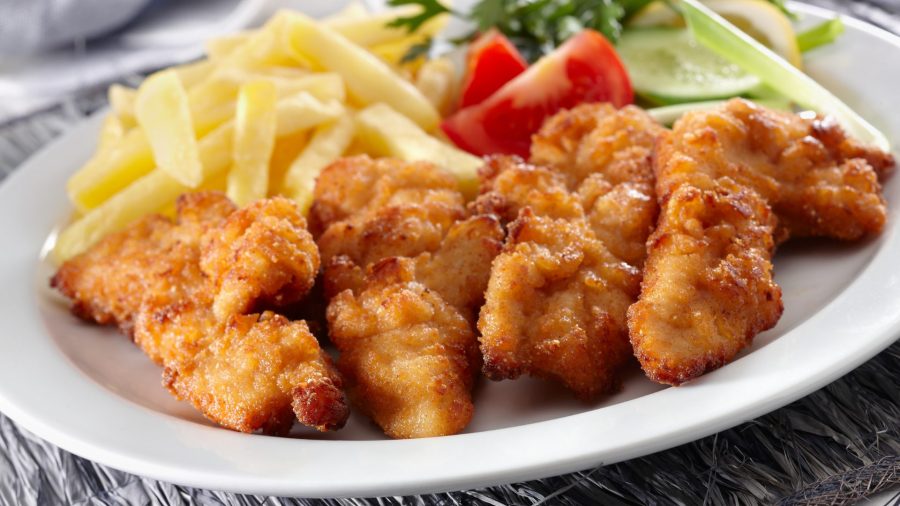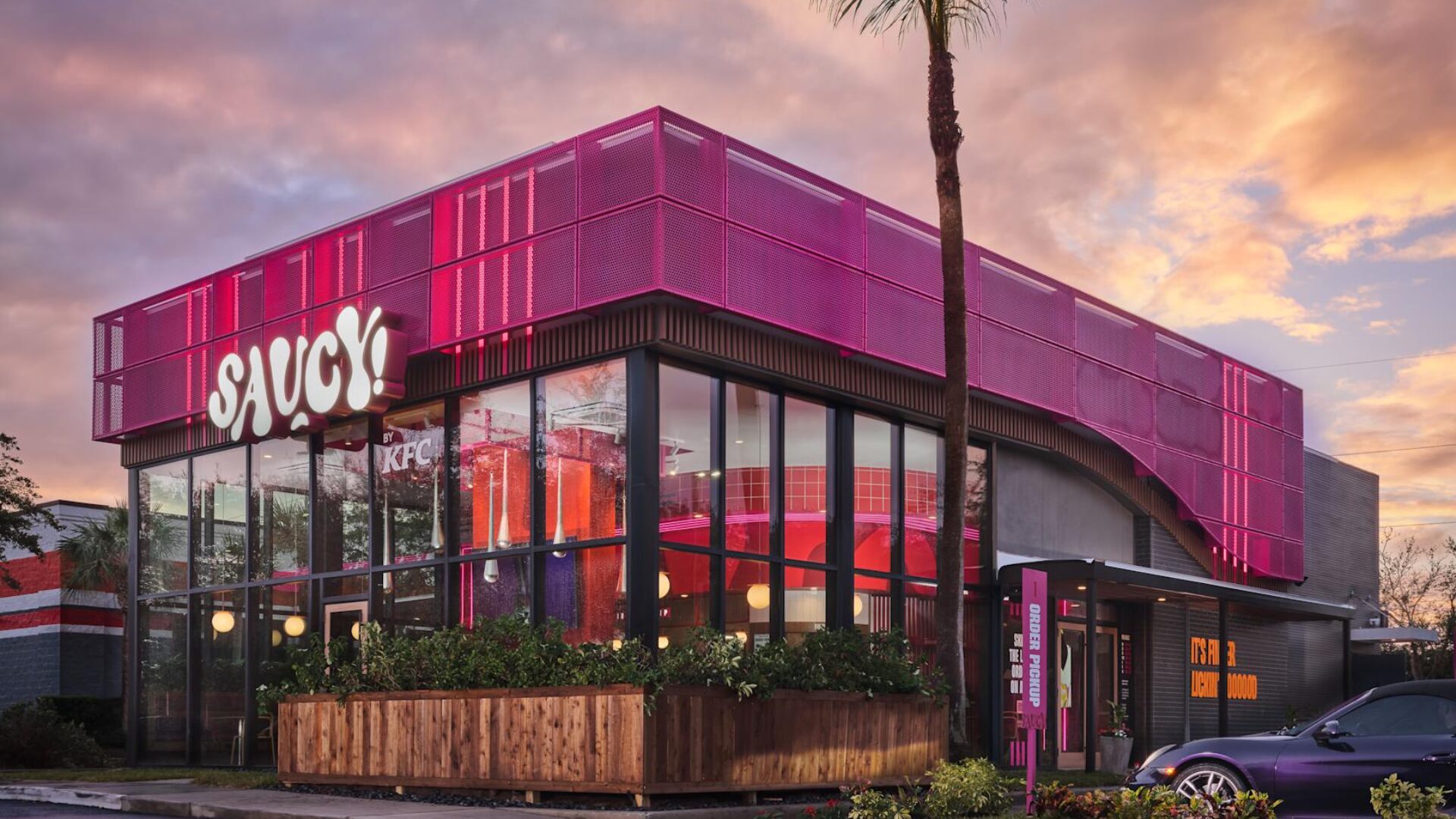Despite a potential shortage of chicken tenders, dollar sales of chicken products at supermarkets and poultry slaughter remained relatively stable year-over year.
Chicken Tenders in Short Supply
Picky eaters may have something to cry “fowl” about as prices for the ubiquitous chicken tender are on the rise. That’s according to a USA Today report, which found varying opinion on the supply status of the staple kids menu product. The report cited USDA data showing prices had risen to $3.98 per lb. at the beginning of December.
Courtney Schmidt, a sector analyst with Wells Fargo’s Food & Agribusiness Industry Advisors, noted the data to support headlines of a chicken tender shortage were mixed. In an e-mail to The Food Institute, Schmidt cited strong demand in the foodservice sector and labor shortages affecting processing as reasons for a large drawdown of chicken cold storage supplies, which drove prices higher for all chicken cuts in 2021.
“Chicken tenders are commanding a higher premium in price compared to other cuts, such as boneless skinless (B/S) breasts. Tenders are always a higher value product than B/S breasts, but the premium between the products grew even larger earlier this summer. As a result, buyers might be lowering their purchases of tenders and shifting to other products with better margins. The shift in product featuring could be seen as lower supplies in the consumer market, or a ‘shortage,’” she said.
Schmidt was not alone in her skepticism of a true shortage of the product: The National Chicken Council noted supplies were somewhat tight but not encroaching on a shortage. Meanwhile, Tyson Foods said COVID-19-related issues were pinching production at the nation’s processing plants.
Inflation Keeps Chicken Dollar Sales Steady
Dollar sales for fresh chicken products for the 52 weeks ending Dec. 5 totaled $13.45 billion, slightly below the total reported for the time frame in 2021, according to Food Institute analysis of IRI data. However, volume sales were down 5.5% during the period, indicating that dollar sales were at least partially kept afloat by price increases.
However, according to 210 Analytics Principal Anne-Marie Roerink, this volume decrease had more to do with pandemic baselines than declining consumer interest.
“The inflation is making the dollar picture look pretty good for most…more than anything, it has to do with what happened last year and when compared with 2019, you see that both chicken units and volume are still sitting well above normal,” she said in an e-mail to The Food Institute.
That said, within the chicken category, certain product types were seeing increased volume demand. Chicken combo packs (+5.3%) and chicken ingredient cuts (+2.6%) both posted increased volume sales, which could be indicative of larger consumers shifts towards cooking at home first undertaken during the pandemic.
Roerink noted supply chain issues could also impact volume sales.
“We can’t sell what we don’t have and the supply chain disruption is once more pressuring available assortment, with some regions, stores, cuts and types of meat more affected than others. That may also play into volume pressure,” Roerink concluded.
Poultry Slaughter Drops, Prices Could Rise
USDA certified about 4.4 billion lbs. of poultry as wholesome in October, representing a 1% decrease from October 2020. September’s revised figure (4.5 billion lbs.) was up 1% from the year-ago period. Additionally, the weight of young chickens slaughtered in October averaged 6.56 lbs. per bird, representing a 1% increase from October 2020. Mature chickens weighed in at an average of 6.9 lbs. per bird, representing a 1% drop from the year-ago period.
Schmidt said the shorter production cycle of chicken gave it an upper hand when rebounding to supply issues, especially when compared to other center of the plate proteins like pork and beef. She cited Wells Fargo work using Urner Barry hatchery data that indicated egg sets averaged over 4% higher in October and November, which could help ease supply constraints early in 2022.
“The current USDA forecast is for broiler production to expand 0.9% in 2022, compared to the pre-pandemic average growth rate of 2.6% per year. This growth restraint, combined with continued robust demand in early 2022, could hinder the industry’s ability to refill cold storage stocks and could be supportive to prices,” she said.












